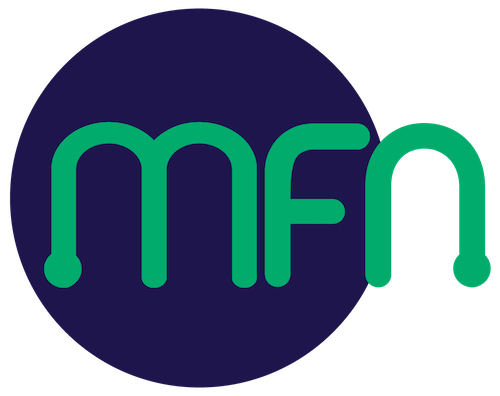Most conventional marketing can be summed up in one word: awareness. Before your life-changing product can change a customer’s life — before customers can even consider using it — they must first know that it exists. But how do you get the word out about your product?
As part of teaching entrepreneurs the opinions they have for marketing their business, Lever has found it effective to introduce the concept of Gini Dietrich’s PESO Model. Her model categorizes media into four categories making it easier to understand the differences between them. There is a full set of educational resources available if you want to do a deep dive over at SpinSucks.com but here’s a taste to get started:
1. Paid Media
Otherwise known as advertising.
This is the quickest route to ensuring eyeballs on your product. Advertising campaigns may be the easiest way to get your name out, but it can be the most expensive and the riskiest way to use your budget. Common advertising campaigns:
- Search Engine Ads: when certain keywords are searched by online users, your content can be pushed higher in the list of results.
- Social or Display Ads: Any advertisement on the internet that’s not on a search engine results page.
- Offline Ads: Any advertisement – physical or digital – that doesn’t live on the internet (TV commercials, billboards, magazine spreads, etc.).
2. Earned Media
This is often categorized as public relations (PR).
Here you are working to have other parties talk about your product or service on their platform.. Instead of paying for promotion directly, you harness it from existing platforms by giving them a reason to talk about you. While this can be a cost-effective way to build awareness, you have to have something worth talking about. Having an employee spend most of their time getting others to talk, write, or create video about your product is usually not the most effective strategy for early-stage, pre-revenue startups. Most companies don’t invest in PR strategies until at least the $0.5 million mark. There are several shapes to a PR campaign, including:
- Social Media: Partnerships with internet influencers who can share your products to their large followings.
- Traditional Media: Outreach to publishers, newspapers, television shows, and other media stakeholders.
- Unconventional PR: Public-facing, attention-grabbing stunts that generate interest and begin conversations about your company.
3. Shared Media
This used to be limited to social media marketing, but has grown to include video and image sharing platforms.
The Internet has changed the modern marketing landscape, anyone can set up an account and like or share content to other users. Some things to keep in mind with shared media:
- Protect your brand: Set up an account on every social media network with your name so that nobody else can. Consistency is important, and the last thing you want is a competitor with access to an account in your name.
- Know your audience: Demographic groups saturate different platforms and at different intensities. Young people may love TikTok, but a healthtech startup making anti-aging therapies might de-prioratize Gen Z’s favorite app. For example, folks who use Pinterest generally love it and spend large volumes of time there; however, this demographic reflects a niche proportion of social media users broadly. Find out where your
- Prospective customers spend time, and focus effort in those spaces.
- Expect the unexpected: The social media landscape changes rapidly. It lends itself to controversy, and it doesn’t play by any one set of time-tested rules. Founders must be nimble and scrappy in their social media strategies, and if you aren’t prepared to do so, consider recruiting someone to your team who is.
4. Owned Media
Otherwise known as self-published content.
Founders today have a key advantage over founders of the past in that they can choose not to outsource communications. From websites to newsletters to YouTube videos, self-created content can effectively build awareness without breaking the bank. Better yet, this strategy allows you to maintain full control of your company’s message, ensuring that it’s crafted by those who understand it best.
However, what self-published content saves in capital, it can surrender in time and quality. Self-published content can be complicated and intensely time-consuming to create. Lack of specific expertise in a given medium will also almost certainly degrade the quality of work.
The Bottom Line
Before committing effort to one strategy or capital to another, founders should consider these different pathways and weigh their trade-offs carefully. As general advice for most startups Lever recommends beginning with owned media. Spend the time getting your website looking professional and able to collect inquiries from prospects. Once you’ve got that together you can then use that content in your other efforts to grow awareness.




